
Reader, let us pray.
Father Divine, please guide me to choose my words as carefully as possible, to say ONLY THE TRUTH, and nothing but the TRUTH.
Reader, PEACE does not mean absence of tension, but PRESENCE of Justice. There is no smoke without fire, and if you go to a village and the children are throwing stones at you, ASK THE ELDERS!
Most Ghanaians including me, were shocked to hear in the mass media that on a Thursday night into Friday, there was a terrible military–cum police operation to quell what was believed to be a bold attempt by some people to split Ghana into two – a signboard appeared at SOMANYA that “You are now Entering Western Togoland” and “You are leaving Western Togoland.”
Some police stations were attacked, armouries broken into, and the weapons seized. Lorry tyres were burnt on the roads to block traffic to and fro – oh my God, WHAT IS HAPPENING?
The greatest Asantehene in history, OTUMFUO OPOKU WARE I, left behind an Asante Empire whose geographical size was TWICE the size of present day Ghana. After him, successive Asante kings could not maintain the large overstretched Empire, and what with the presence of the white man at the coast, the vast Asante Empire collapsed when a British General Sir Garnet Wolsley invaded Kumasi in 1874 and sacked the capital.
With the Fantes already in the British pocket with the Bond of 1844, the British went to Berlin Conference and made a case that Gold Coast was their sphere of influence, the Colony (Fante land), Ashanti, and the Northern Protectorate.
The Germans had their own area east of the Volta River, based at Lomé, climbing up to Amedzofe, Kpando, Hohoe, up through Krachi, Yendi and Pusiga up North, named after one of their Generals, TOGO, as TOGOLAND.
The First World War ended in 1918 with the Treaty of Versailles, which set up the LEAGUE of NATIONS to ensure world peace. They took over control of all German Colonies, and with Togoland they split it into two – West for British control and East for France control.
Adolf Hitler led Germany to rearm, dismantled all the shackles placed on them by the Treaty of Versailles, and declared the Second World War with the invasion of Poland on 1st September 1939. After the War in 1945, the colonial soldiers who fought the Germans and Japanese as Allied Forces did not understand why the white man should use the colour of his skin to dominate us.
Strikes and demonstrations led to self rule for the Gold Coast in 1951, and we were on the road to independence. What happened to British-controlled TOGOLAND continued in force by the United Nations as successor to the League of Nations?
Because they were administered by the British, they had almost everything in common with the Colony Ashanti and the North, speaking the same language – English, same system of education, attending Achimota College and others. UN, what should happen to British Togoland?
In answer, the UN said let the people themselves decide in a PLEBISCITE, which took place in May 1956.
At that time, British Togoland was made up of SIX Districts only – and they voted.
The MAMPRUSIS at the top, based in PUSIGA, voted by 17,870 for UNITY and 8,429 for separation, while BAWKU was NOT part of German Togoland, never!
The DAGOMBAS, based in Yendi, voted 28,083 for UNITY and 6,590 for separation.
The GONJAS, based in Salaga, voted 3,156 for UNITY and 2,719 for separation.
KRACHI-BUEM, covering Kete Krachie, Dambai, Worawora Jasikan, and Kadsebi, voted 28,176 in favour of UNITY and 18,775 for separation.
KPANDU District voted 17,029 for separation and 8,581 for UNITY; and Ho District voted 18,981 for separation and 7,217 for UNITY.
By majority voting, UNITY won 58% of the vote, and so German Togoland/British Trust Territory was made part of Ghana.
IT IS MOST SIGNFICANT THAT SOGAKOFE RIGHT UP TO KETA, INCLUDING ANLOGA, the Ewe Capital, has long been part of the British colony, so were NOT part of the German Togoland, so they DID NOT TAKE PART IN THE PLEBISCITE!
So, GHANA was born on 6th March 1957.
As at today, PUSIGA is in the Upper East Region as a District of its own. YENDI, the Dagbon capital, is in the Northern Region with the Gonjas. BUEM KRACHI is in the Oti Region, and Kpando Hohoe and Ho, together with KETA, in the Volta Region.
Written by Nkrabeah Effah-Dartey
(Lawyer and Former MP)
The views expressed in this article are the author’s own and do not necessarily reflect The Chronicle’s editorial stance
The post Western Togoland – The Inside Story appeared first on The Chronicle Online.
Read Full Story
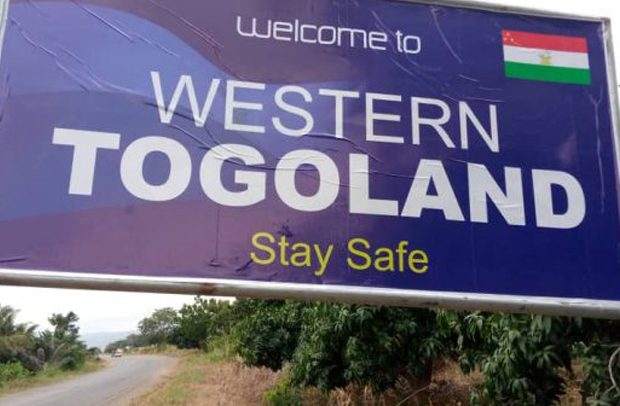
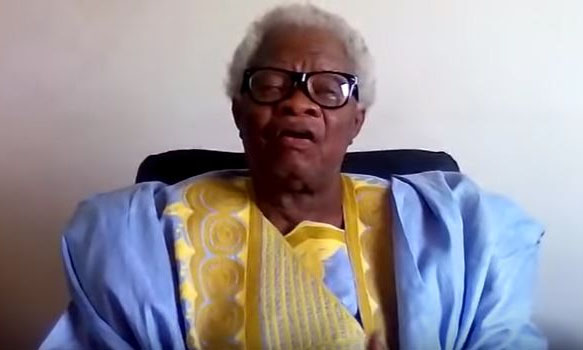

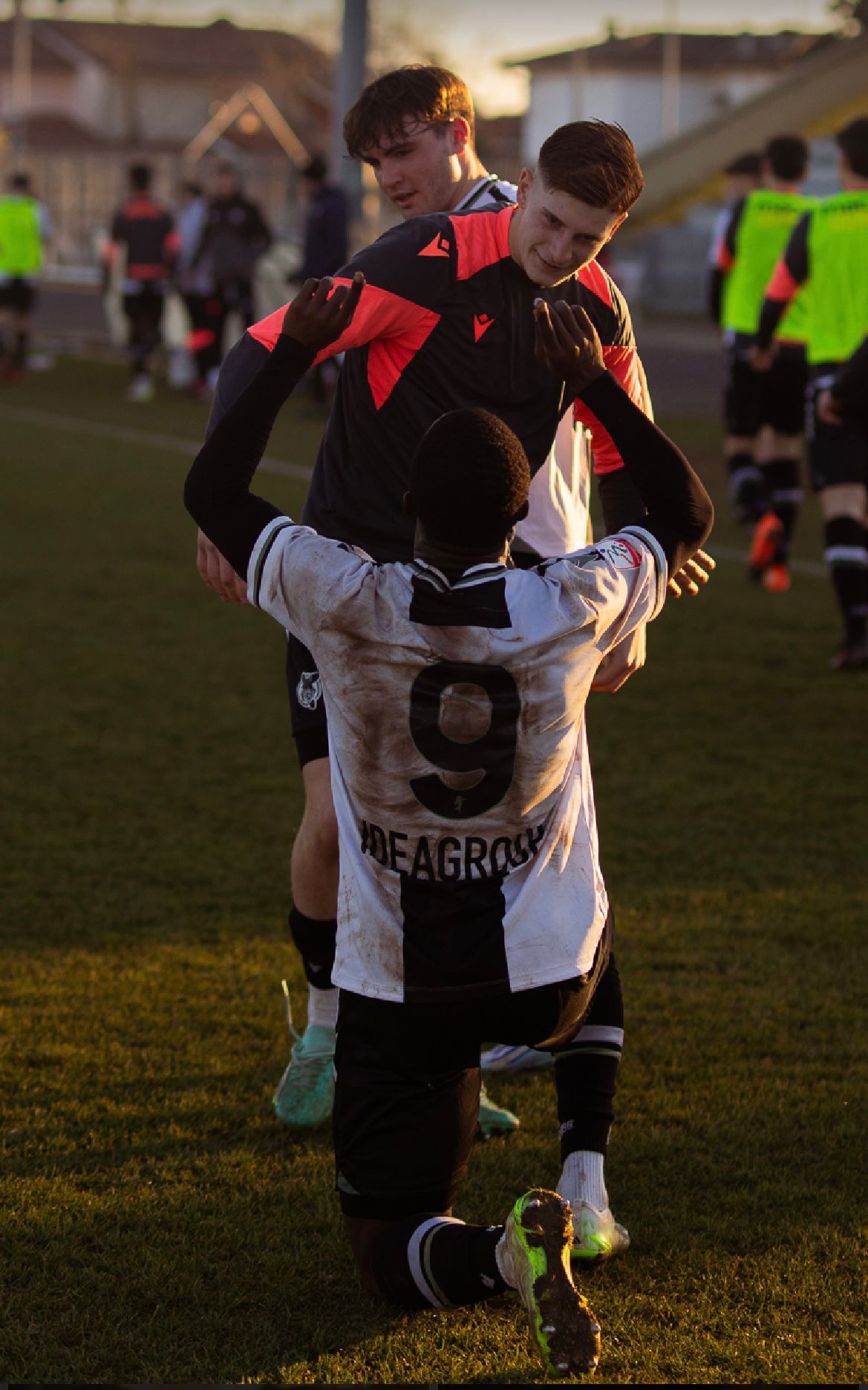














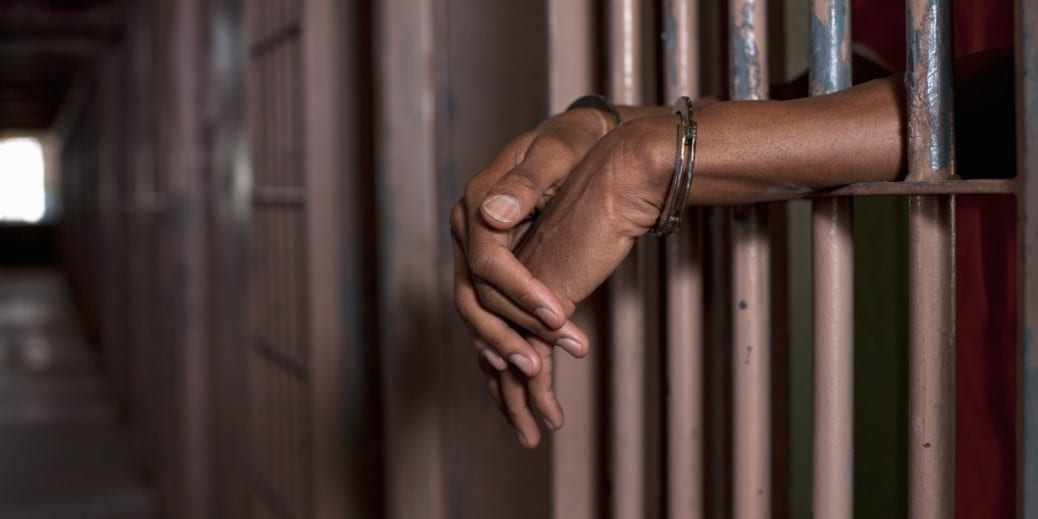


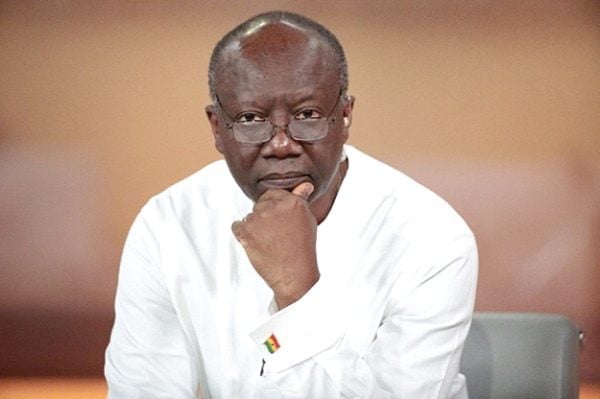

Facebook
Twitter
Pinterest
Instagram
Google+
YouTube
LinkedIn
RSS